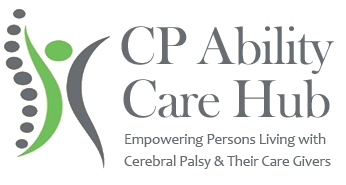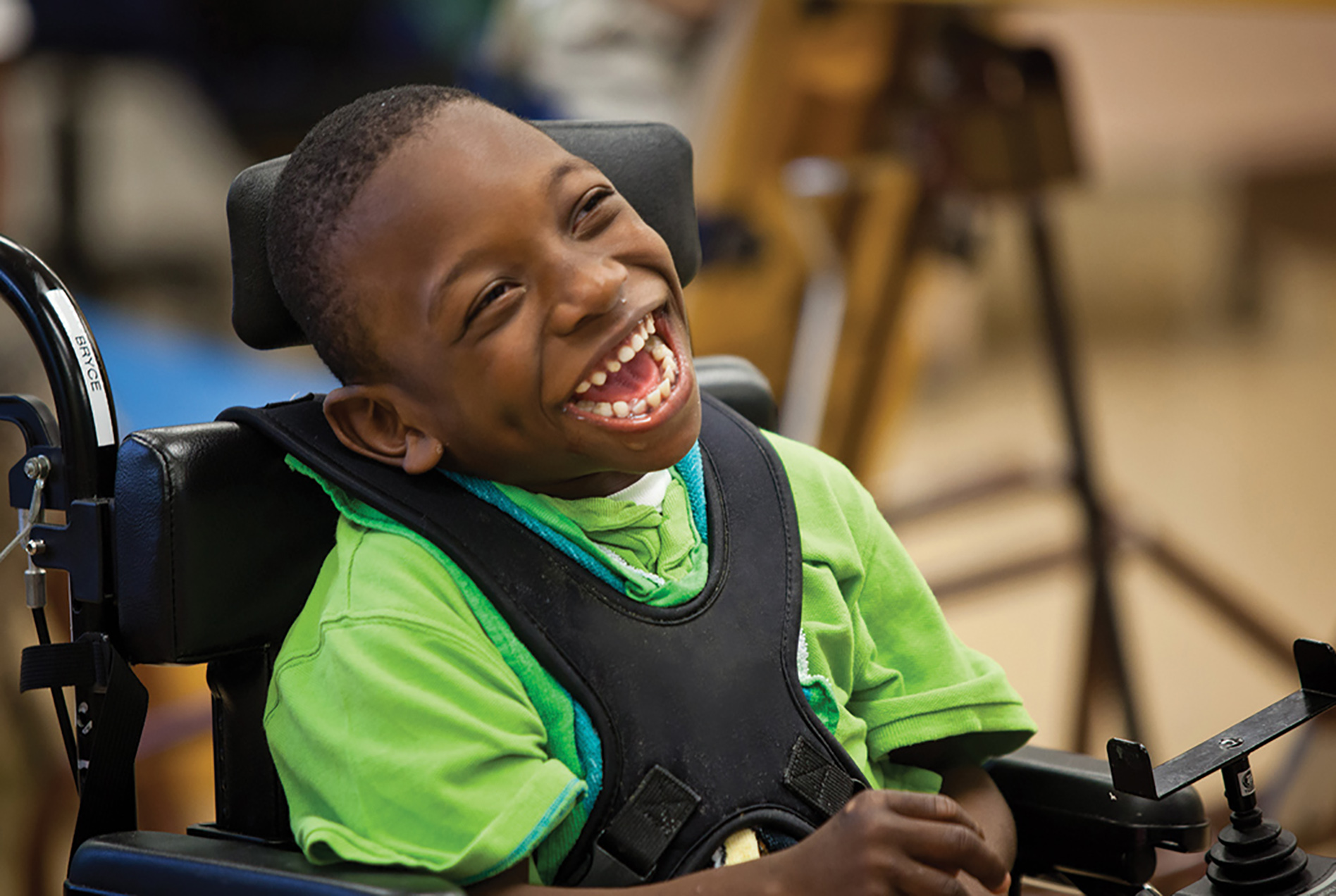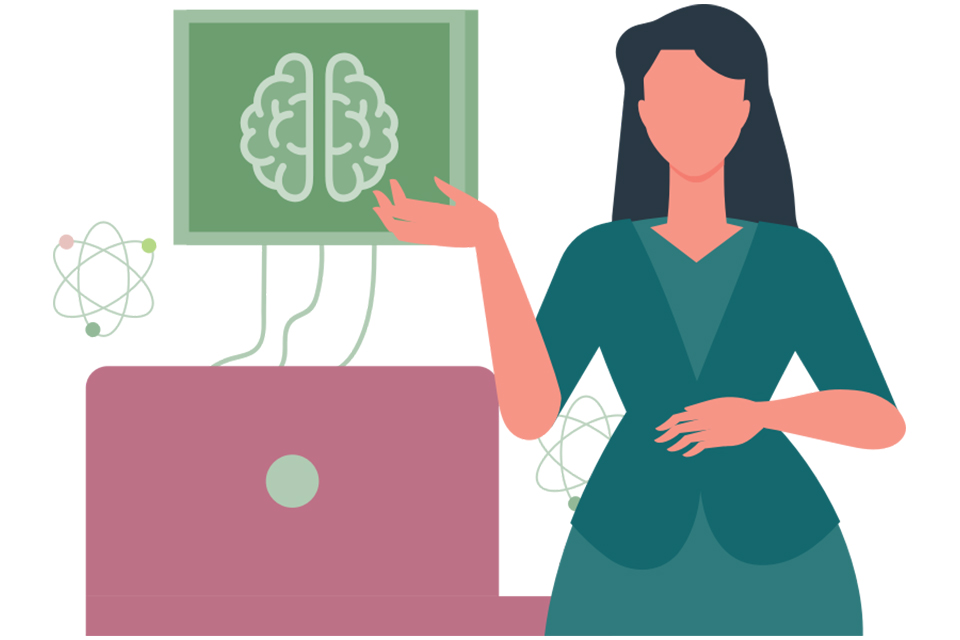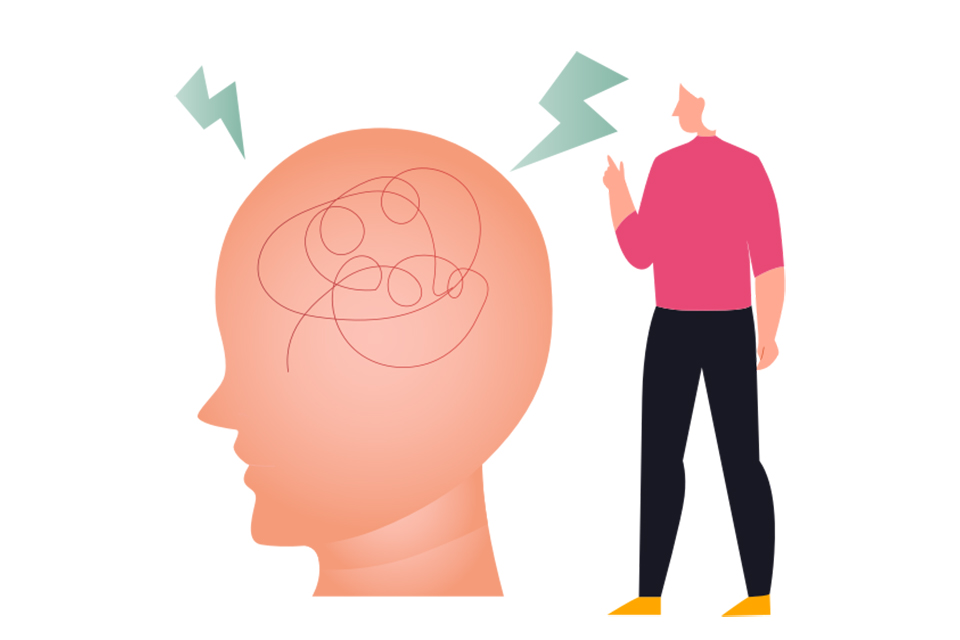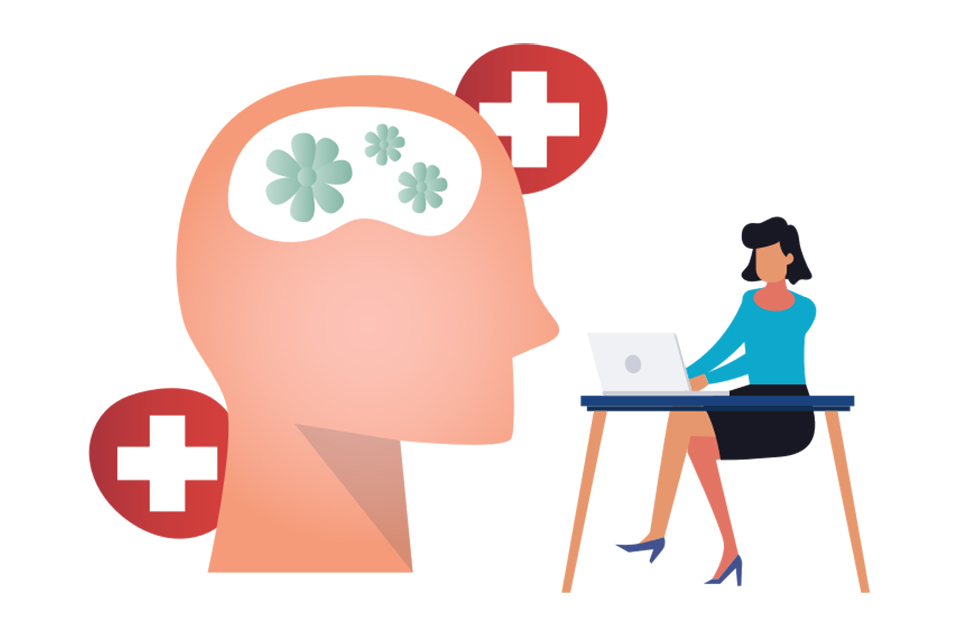Mixed Cerebral Palsy Symptoms
Because every child with cerebral palsy is different, the symptoms of mixed cerebral palsy can vary widely. Most children show a combination of movement challenges from more than one CP type, and the severity often depends on how much of the brain was affected.
The most common signs of mixed-type cerebral palsy involve problems with movement, balance, and muscle control.
Other symptoms of mixed cerebral palsy may include:
- 1. Abnormal reflexes
- 2. Exaggerated or jerky movements
- 3. Poor posture
- 4. Tremors or shakiness
- 5. Trouble with coordination and motor planning
Although mixed cerebral palsy can involve features from any combination of CP types, the most common patterns are spastic/athetoid and spastic/ataxic.
Early signs of Mixed CP in babies
Mixed cerebral palsy is not always diagnosed right away. Many parents notice something is off before a doctor confirms anything. These red flags may point to brain damage that occurred during or shortly after birth, especially when multiple areas of the brain were affected.
Here are 5 early red flags to watch for:
-
1. NICU stay after birth
-
Babies with oxygen loss, low Apgar scores, or other complications may need care in the neonatal intensive care unit (NICU). This is sometimes the first sign of a serious birth-related injury.
-
2. Cooling treatment
- If your baby was placed on a cooling blanket or received therapeutic hypothermia, this often means doctors were trying to limit brain damage after a traumatic delivery.
-
3. Unusual muscle tone
- Babies with mixed tone cerebral palsy may feel either too stiff or too floppy. They may have difficulty holding their head up or supporting their limbs.
-
4. Missing early milestones
- Delays in rolling over, sitting up, crawling, or babbling are early developmental delays that may point to cerebral palsy.
-
5. Trouble moving both sides of the body
- Your baby may appear weaker on one side, have trouble reaching, or seem to favor one hand or leg very early on.
These signs are sometimes dismissed or explained away. If you’re unsure what’s causing your child’s symptoms, our team can help you find answers.
Causes of Mixed Cerebral Palsy
Mixed cerebral palsy is caused by brain damage to more than one area of the brain. This often happens during pregnancy, labor, or shortly after birth. When multiple motor control centers are affected, it can lead to overlapping symptoms from different types of CP.
Some known causes of brain damage linked with CP include:
- 1. Brain bleeds before or during delivery (intraventricular hemorrhage)
- 2. Infections during pregnancy or in the newborn period
- 3. Lack of oxygen at birth (birth asphyxia or hypoxia)
- 4. Meningitis in the first weeks of life
- 5. Severe, untreated jaundice after birth (kernicterus)
- 6. Stroke or blocked blood flow in the brain
Certain conditions can increase the risk of brain damage, including placental problems, premature birth, and prolonged labor.
